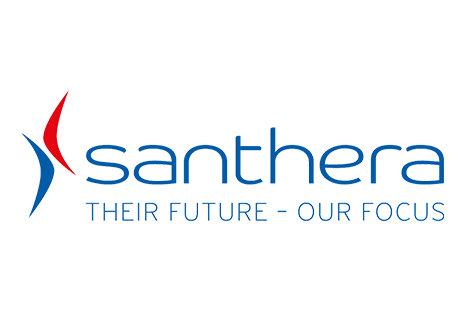
Today Santhera shared an update on the timeline for the submission of their New Drug Application (NDA) for Vamorolone, an investigational dissociative steroid for individuals with Duchenne.
Santhera expects to complete the submission of their NDA by end of the year and noted that submission of the clinical module, the data collected from their trials studying Vamorolone in participants with Duchenne, was submitted on June 28, 2022.
One additional facet of NDA submissions is the FDA’s review of any third-party contract research organization (CRO) that is manufacturing the product. This helps to ensure that the product is consistently manufactured (important from a safety perspective) and that there is sufficient production of material (important for patient access). The CRO working with Santhera indicated they require additional time to prepare for FDA inspection. Santhera is working with the FDA to update timelines, but is expecting to complete submission later this year, Q4-2022.
We will continue to share updates with the community as we learn more about the expected timelines for submission of the NDA.
Santhera Updates on Ongoing NDA Submission for Vamorolone Ad hoc announcement pursuant to Art. 53 LR
Pratteln, Switzerland, June 29, 2022 – Santhera Pharmaceuticals (SIX: SANN) announces that the clinical module of its rolling new drug application (NDA) for vamorolone in Duchenne muscular dystrophy (DMD) has been submitted to the U.S. Food and Drug Administration (FDA). Finalization of the NDA submission to start the FDA official review is postponed by 4-6 months to Q4-2022 after a third-party contract manufacturing organization (CMO) communicated a delay in establishing FDA-inspection readiness.
Santhera commenced the NDA filing as a rolling submission in March 2022 following a successful pre-NDA meeting with the FDA. In its conclusions from this meeting, the FDA considered the proposed clinical efficacy and safety data sufficient to support an NDA filing of vamorolone for the treatment of DMD. The rolling submission has been proceeding according to plan with the clinical module submitted on June 28,2022.
A third-party contract manufacturing organization has informed Santhera that establishing preparedness for an FDA pre-approval inspection is delayed until later this year. Formal confirmation of inspection readiness by the CMO is a prerequisite for the FDA to consider a filing complete and to accept an NDA for review. Therefore, Santhera will discuss with the Agency the status and updated timelines for completing the NDA filing by Q4-2022.
In Europe, preparations for a marketing authorization application (MAA) for vamorolone for the treatment of DMD to the European Medicines Agency (EMA) are proceeding according to plan.
Vamorolone has been granted Orphan Drug status in the US and in Europe for DMD, and has received Fast Track and Rare Pediatric Disease designations by the US FDA and Promising Innovative Medicine (PIM) status from the UK MHRA for DMD. Vamorolone is an investigational medicine and is currently not approved for use by any health authority.
About Vamorolone
Vamorolone is a drug candidate with a mode of action that binds to the same receptor as corticosteroids but modifies its downstream activity and as such is considered a dissociative anti-inflammatory drug[1-4]. This mechanism has the potential to ‘dissociate’ efficacy from typical steroid safety concerns and therefore vamorolone could emerge as a promising alternative to existing corticosteroids, the current standard of care in children and adolescents with DMD. In the pivotal VISION-DMD study, vamorolone met the primary endpoint Time to Stand (TTSTAND) velocity versus placebo (p=0.002) at 24 weeks of treatment and showed a good safety and tolerability profile. The most commonly reported adverse events versus placebo from the VISION-DMD study were cushingoid features, vomiting and vitamin D deficiency. Adverse events were generally of mild to moderate severity.
References:
[1] Mah JK et al (2022). JAMA Netw Open. 2022;5(1):e2144178. doi:10.1001/jamanetworkopen.2021.44178
[2] Guglieri, et al (2022) JAMA. doi:10.1001/jama.2022.4315
[3] Heier CR at al (2019). Life Science Alliance DOI: 10.26508
[4] Liu X, et al (2020). Proc Natl Acad Sci USA 117:24285-24293



 by: Parent Project Muscular Dystrophy
by: Parent Project Muscular Dystrophy

